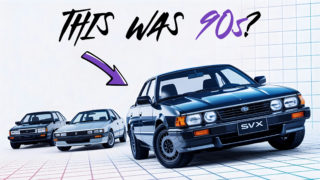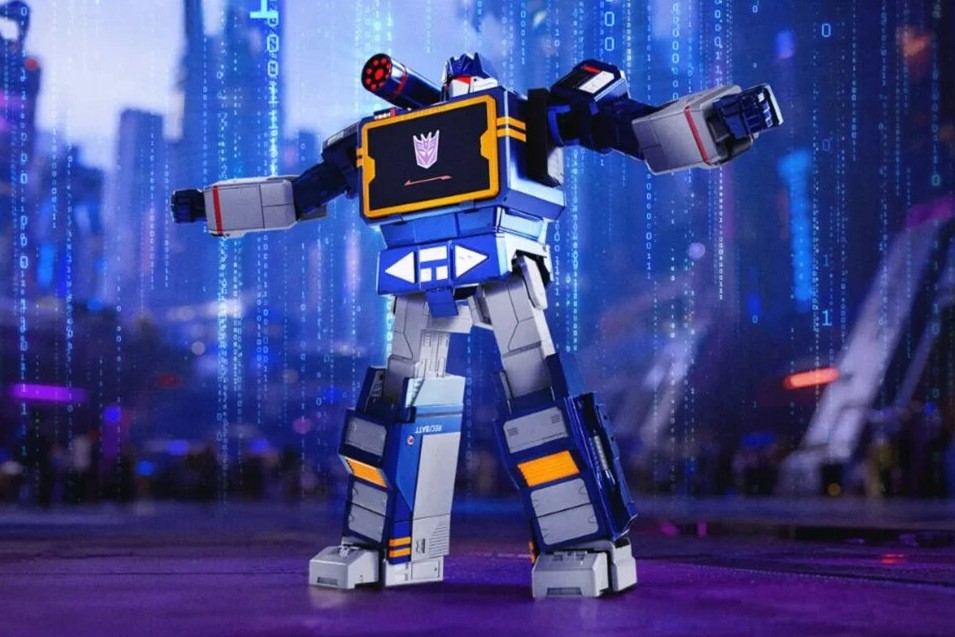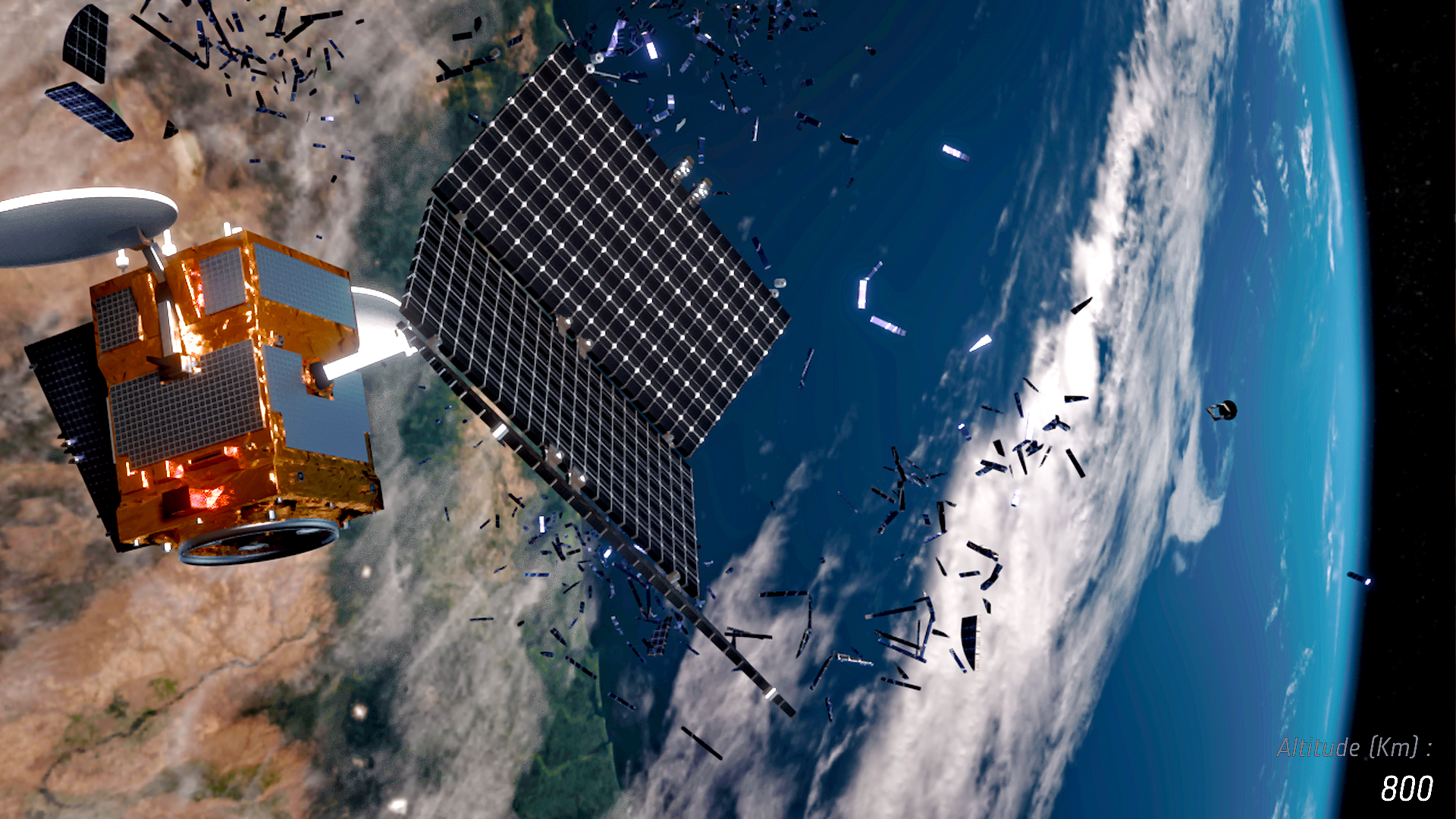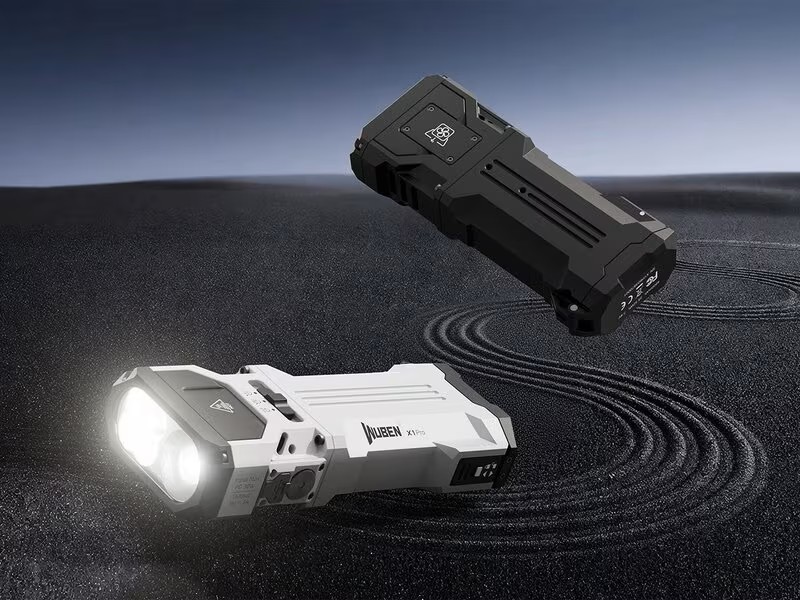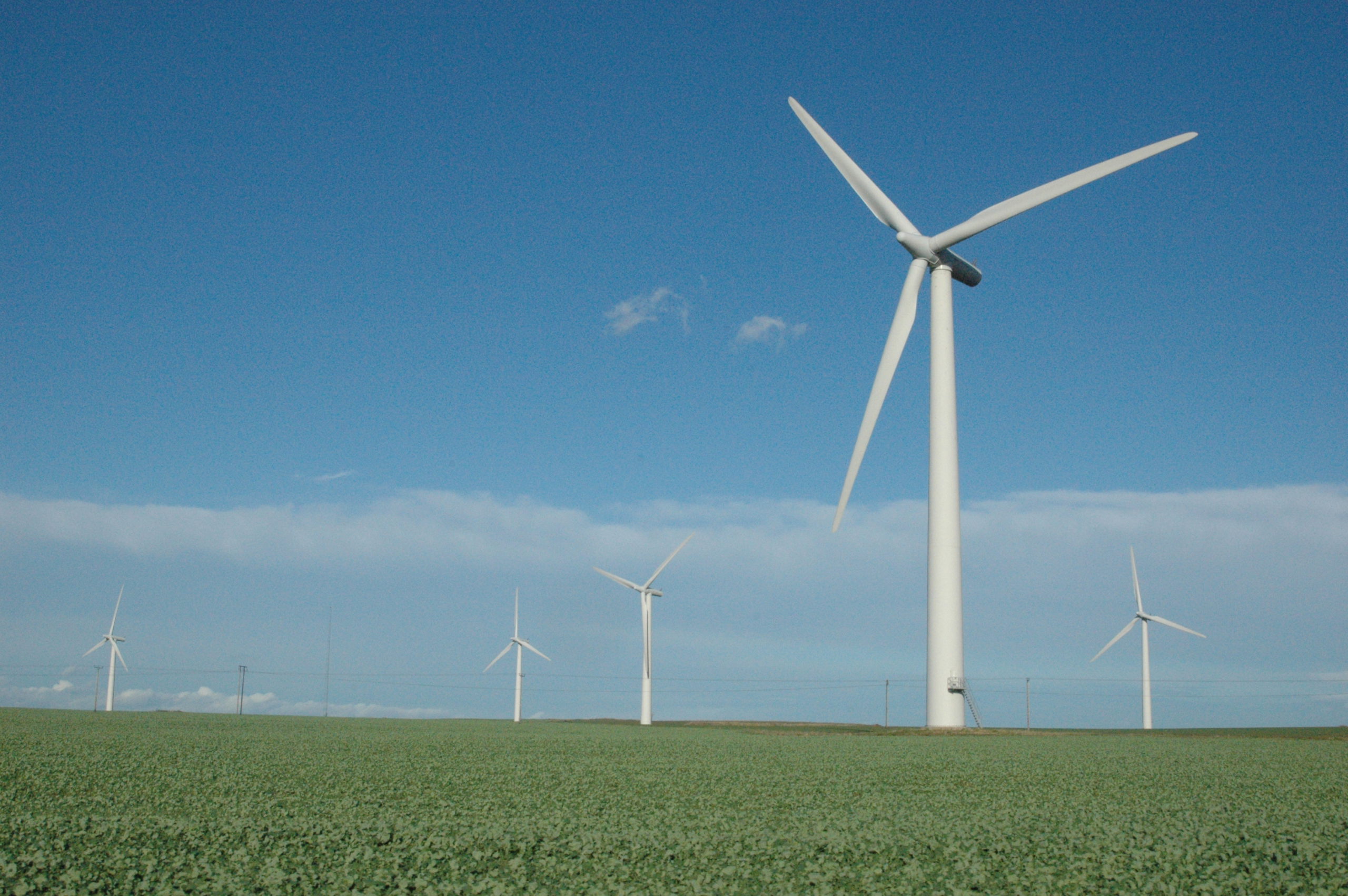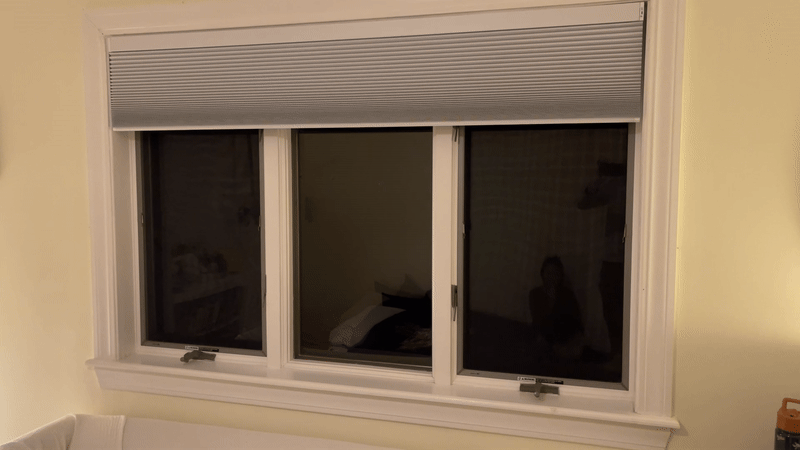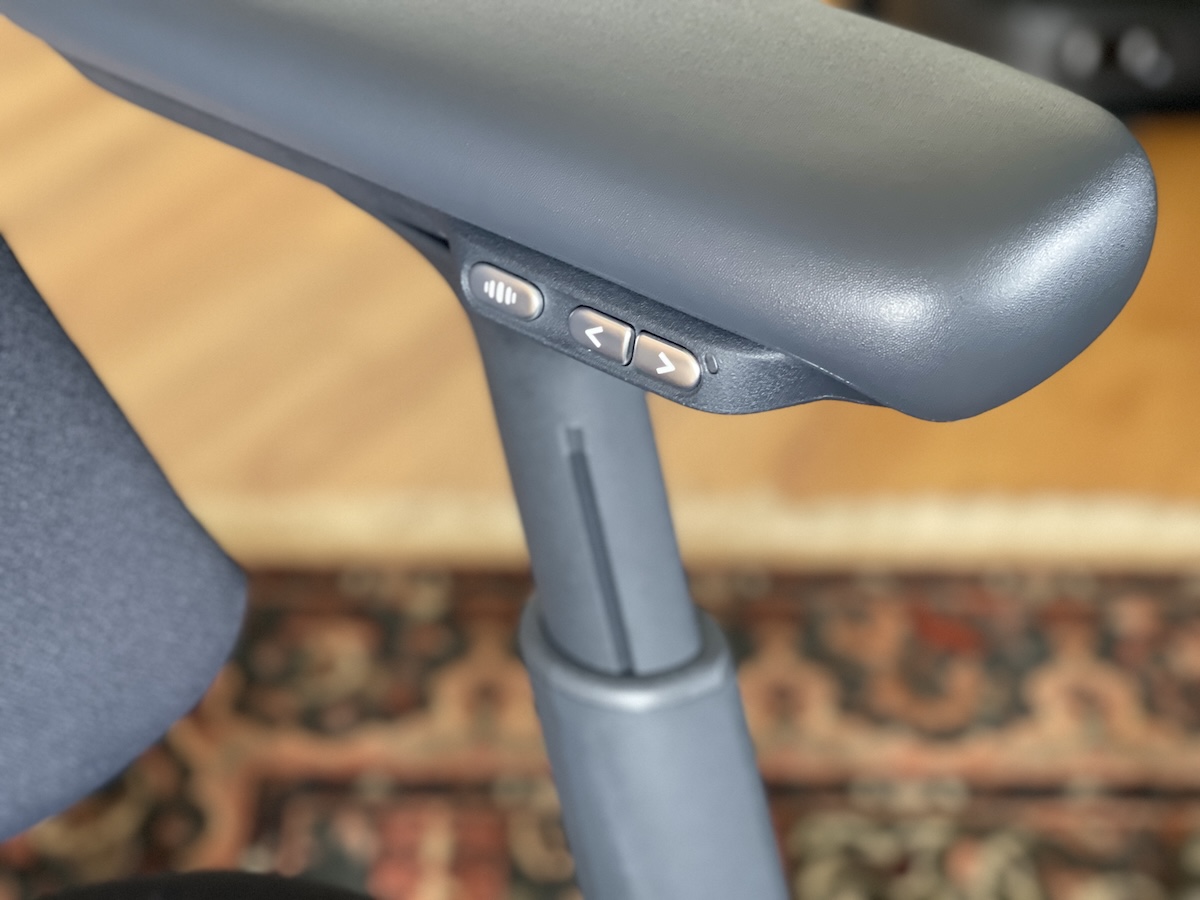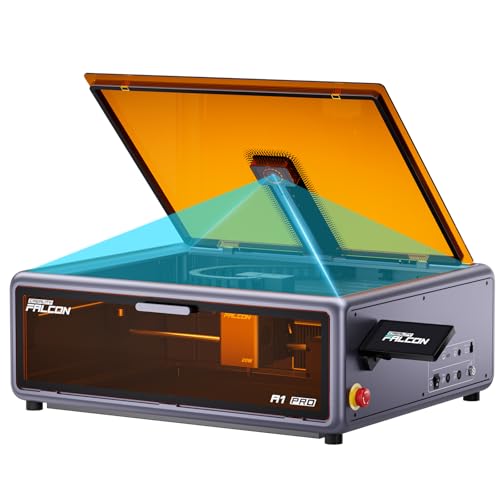The world’s wealthiest people already know what’s coming next. Revolutionary technologies are being developed that will create entirely new ways to live, travel, and work. Turtle-shaped floating cities will house thousands on the ocean while tri-mode trains seamlessly switch between diesel, electric, and battery power. Automatic waste collection systems are eliminating garbage trucks in forty countries.
The future is already here if you know where to look.
14. Pangeos Terayacht: The Floating Metropolis
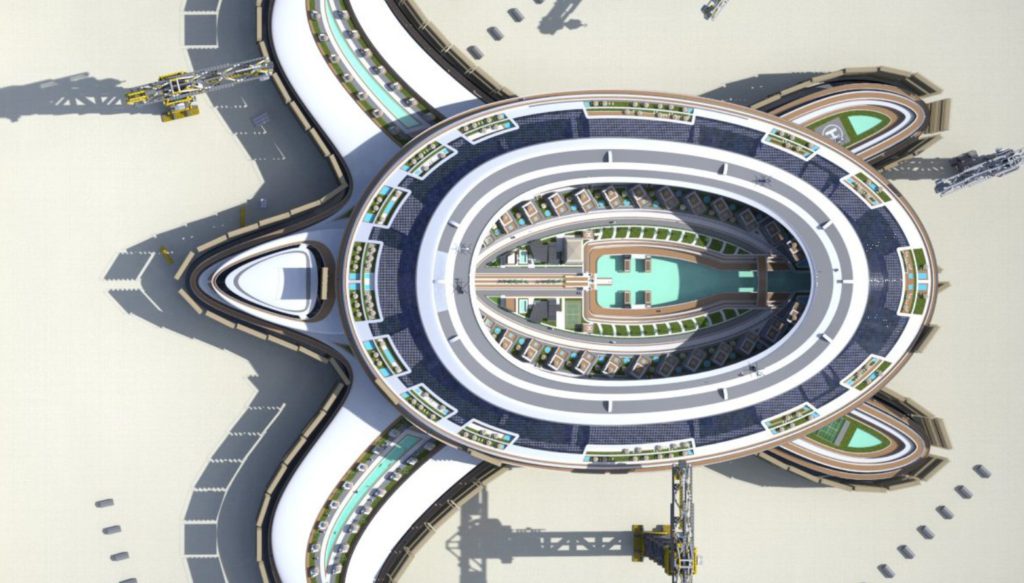
Look at any luxury yacht today and then imagine something massively bigger. The Pangeos Terayacht stretches 550 meters (1,800 feet) long and 610 meters (2,000 feet) wide – twice the size of the Roman Coliseum. This turtle-shaped floating city aims to house up to 60,000 residents in accommodations ranging from villas to apartments with shopping centers. It joins a growing list of futuristic watercraft concepts that push the boundaries of maritime design.
Environmentally conscious engineering powers this behemoth with 9 HTS engines (each delivering 16,800 horsepower), solar panels, and wave energy harvesting systems. At a cruising speed of 5 knots, it moves without damaging marine ecosystems. The projected cost? A staggering $8 billion with no concrete construction timeline established. NFT crowdfunding might help cover expenses, though experts remain skeptical about practical implementation despite significant media attention.
13. VRCO XP4: The Sky’s Luxury Supercar
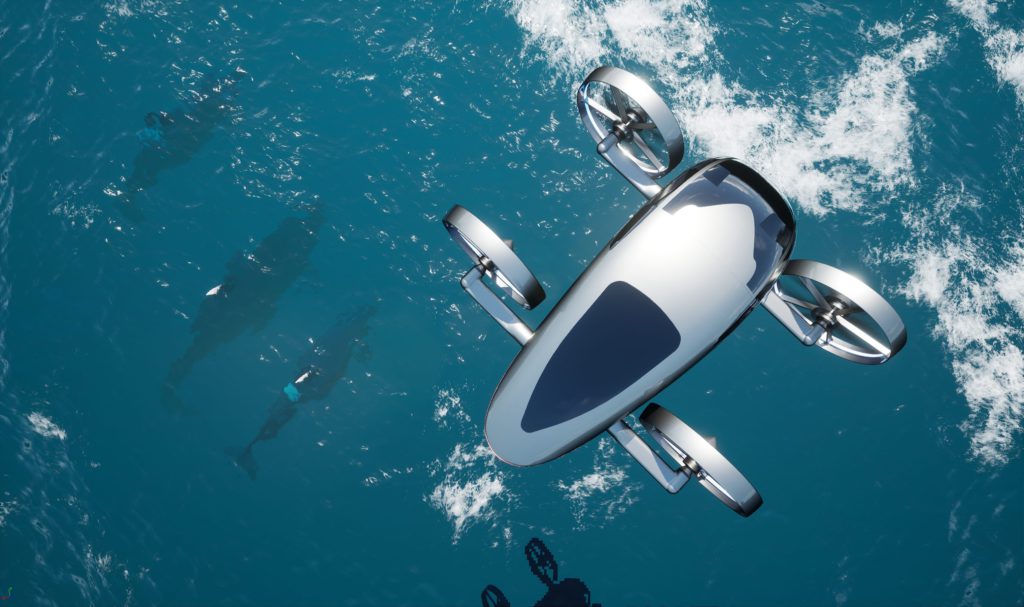
Ever wanted a vehicle that performs equally well in air and on roads? The VRCO XP4 reimagines transportation with its dual-mode capabilities. This eVTOL aircraft carries four passengers and maneuvers with precision thanks to four tiltable, rotatable turbo fans.
Italian designer Marco Casali contributed to the yacht-like interior elegance, while practical safety features include a ballistic parachute for emergency situations. Currently in concept phase and wrestling with regulatory hurdles typical of dual-mode vehicles, this innovation continues generating interest across luxury travel markets despite its undisclosed but presumably high price point.
12. The Air Car: A New Era of Transportation
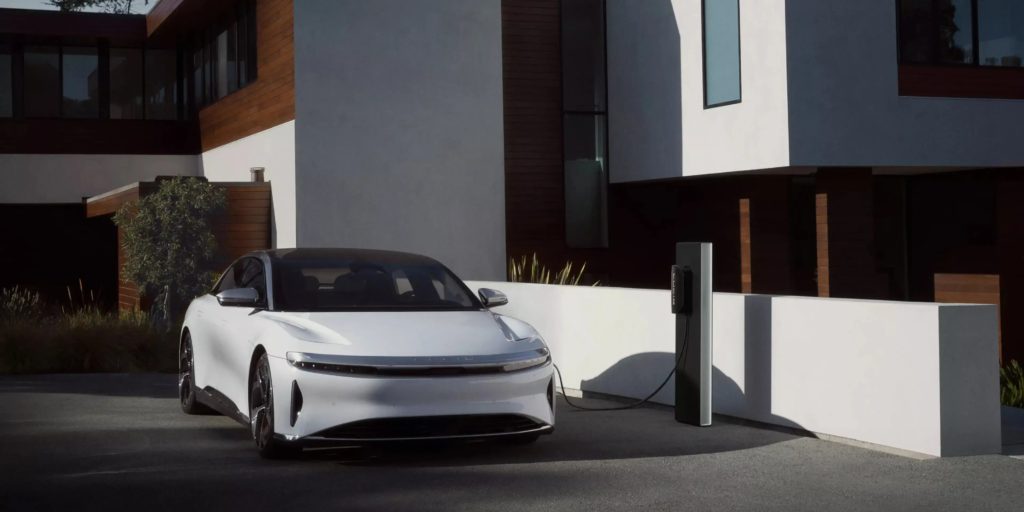
Pushing the boundaries of what electric vehicles can achieve, the Lucid Air delivers exceptional performance in an elegant package. Starting at $77,400 (2023 Pure RWD), it offers up to a 520-mile range on the Grand Touring model and accelerates from 0-60 mph in 2.5 seconds on the Dream Edition Performance.
Rapid charging technology allows adding 300 miles in just 20 minutes with DC fast charging. Despite impressive capabilities and positive reviews, Lucid faces typical new-brand challenges against established competitors. Their 2022 production reached 4,369 delivered vehicles, generating $608.2 million in revenue while working through manufacturing scale-up issues.
11. Romotow Prototype: The Future of Caravanning
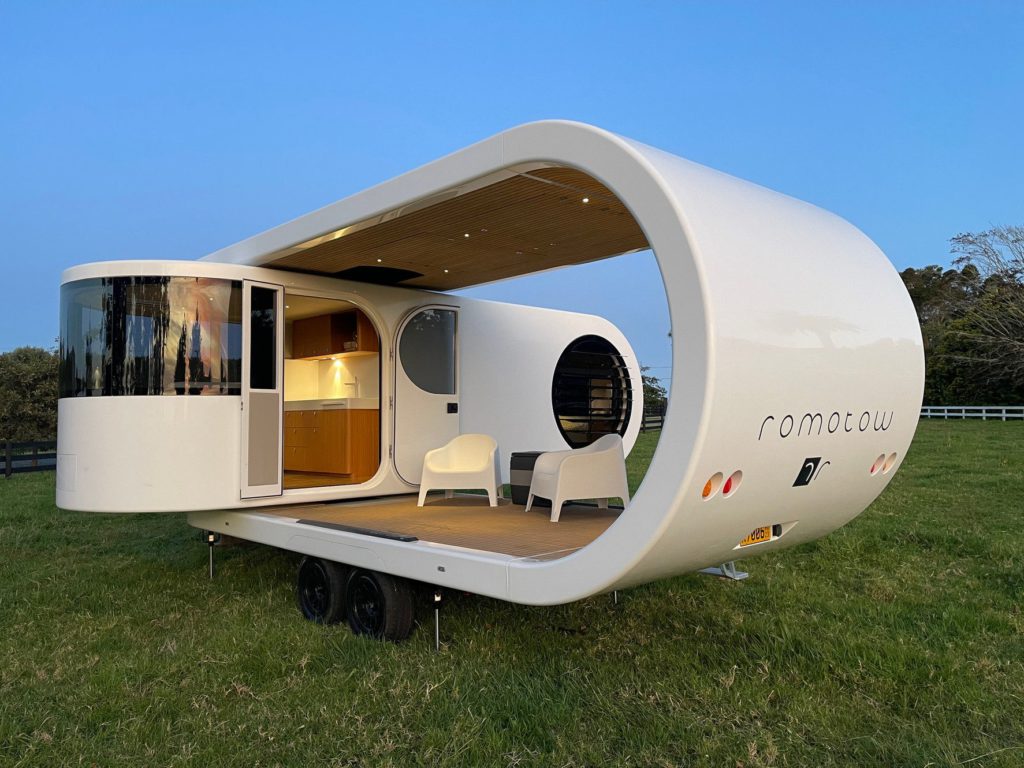
Traditional caravans haven’t changed much in decades, but the Romotow transforms that paradigm entirely. Through an ingenious rotating mechanism, it expands to provide 290 square feet of living space – representing a 70% increase in floor area when deployed.
Inside awaits a full kitchen, bathroom, and bedroom suited for two adults and two children. Power sustainability comes built-in through solar panels and lithium batteries. Though requiring more complex maintenance than standard caravans and likely commanding a premium price, luxury camping enthusiasts have shown considerable interest in this revolutionary approach to mobile living.
10. Hitachi Rail Blues Train: A Hybrid Revolution
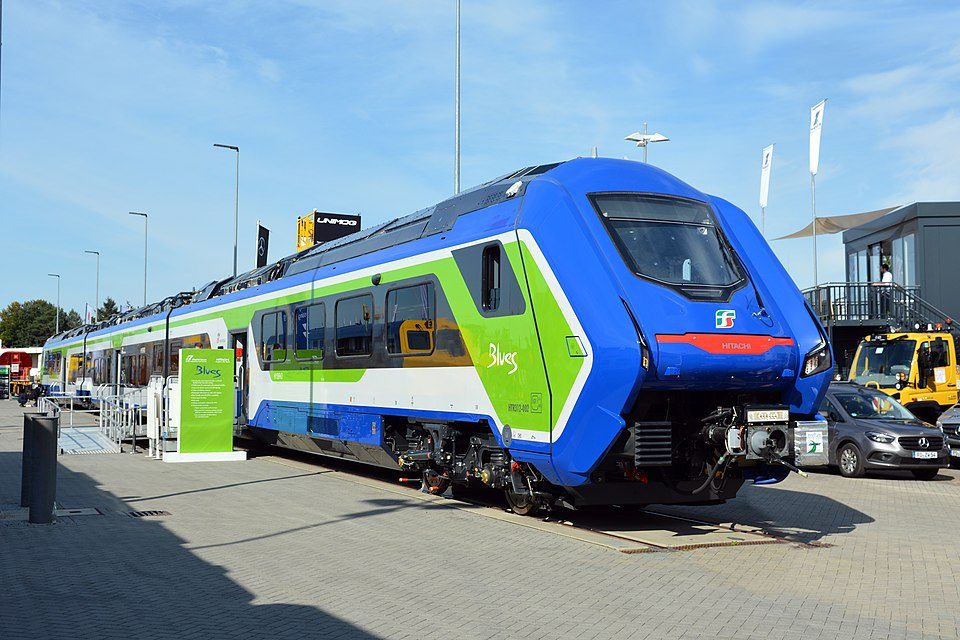
Europe’s rail network welcomes its first tri-mode battery hybrid train with the Hitachi Rail Blues. Adaptable to various track conditions, it seamlessly switches between diesel engines, batteries, and electric lines.
Available in 66.8-meter (3-car) or 86.1-meter (4-car) configurations, it reaches speeds of 160 km/h (99 mph) while accommodating up to 300 passengers in the larger version. Battery operation significantly reduces both emissions and noise compared to conventional diesel trains. Trenitalia has already placed orders for multiple Italian regions, marking an important step toward sustainable regional transit despite higher initial investments and maintenance complexity. As transportation continues to advance, innovations in road and rail technologies are shaping the future of mobility.
9. SpaceX Heavy Moon Base: A New Frontier
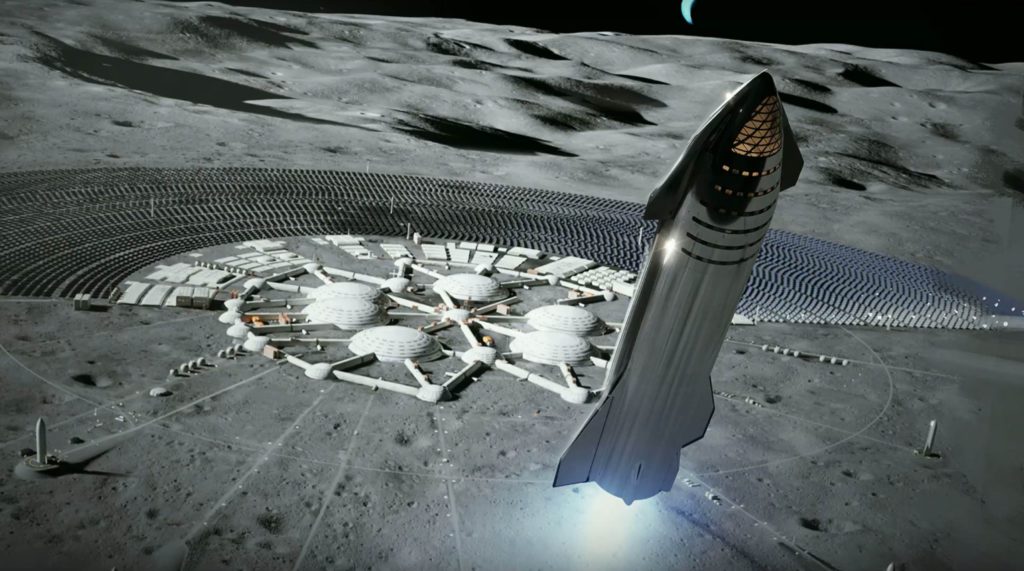
Taking lunar exploration to unprecedented levels, SpaceX’s Heavy Moon Base can transport up to 100 tons of payload moonward. The complete Starship spacecraft and Super Heavy booster combination towers 120 meters tall, running on liquid methane and liquid oxygen propellants.
Selected for NASA’s Artemis program, this system will enable astronaut landings near the lunar South Pole. Its revolutionary design supports in-situ resource utilization and long-duration missions. While facing an ambitious timeline, potential delays, and regulatory hurdles, the project has captured public imagination while dramatically reducing space access costs.
8. Natilus Cargo Drone: Revolutionizing Air Freight

Air freight fundamentals get completely reimagined with the Natilus Cargo Drone. The blended wing body design maximizes aerodynamic efficiency while reducing fuel consumption. The largest model boasts an impressive 130-ton payload capacity and 8,500 nautical mile range.
Hydrogen-electric hybrid propulsion promises substantial emissions reductions compared to conventional cargo aircraft. Several logistics companies have already placed pre-orders despite challenges including regulatory approvals for large autonomous aircraft and hydrogen infrastructure requirements.
7. Céleste Zephalto: A Unique Space Experience
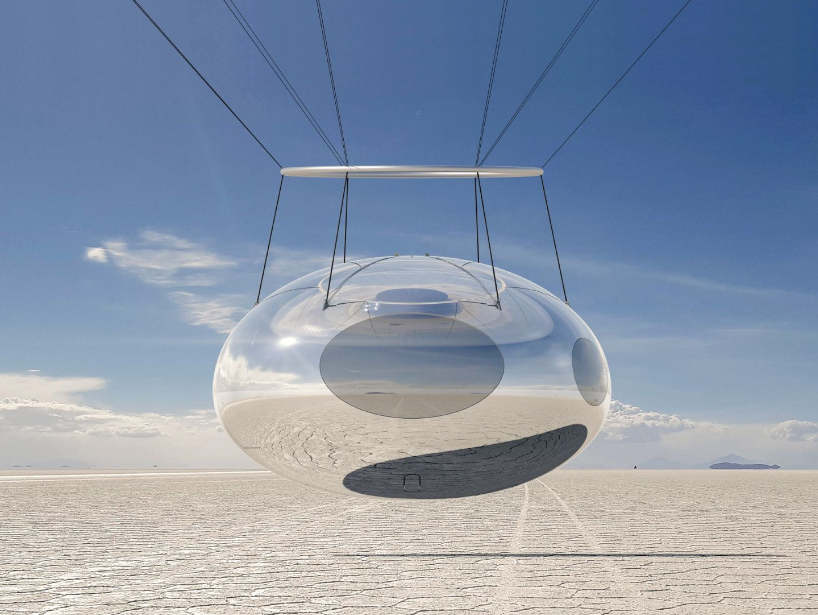
Space tourism without rocket fuel? The Céleste Zephalto offers exactly that. This pressurized capsule elevates six passengers to 25 km (82,000 feet) altitude, where Earth’s curvature becomes visible through panoramic windows.
Each journey spans 6 hours total with 2 hours at peak altitude. The hydrogen-powered system produces zero direct emissions. While more accessible than orbital space tourism, tickets still run approximately €60,000 per flight. Weather constraints and competition from similar ventures remain ongoing challenges.
6. Buick Wildcat EV: The Future of Electric Vehicles
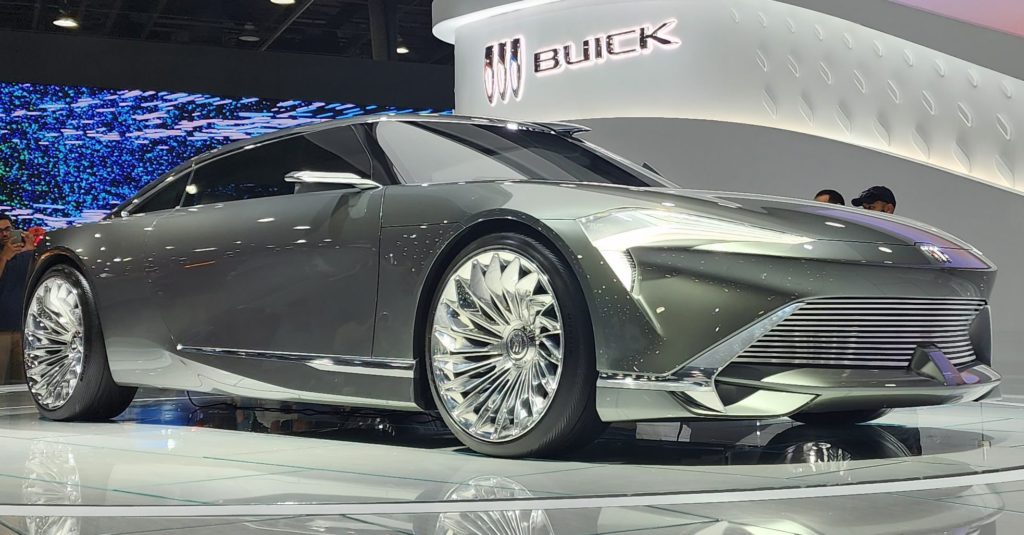
Breaking from conventional electric SUV designs, Buick’s Wildcat EV concept introduces a sleek 2+2 coupe profile honoring the iconic 1950s Wildcat heritage. Unveiled in June 2022, its dramatic styling previews Buick’s future design language.
Advanced technology integration includes AI-enhanced vehicle-to-human communication and biometric systems creating personalized experiences. Though not slated for production, this concept has successfully generated media interest in Buick’s direction and helped reshape the brand’s innovation image.
5. INFINITI SYNPATIQ: The Future of Driving
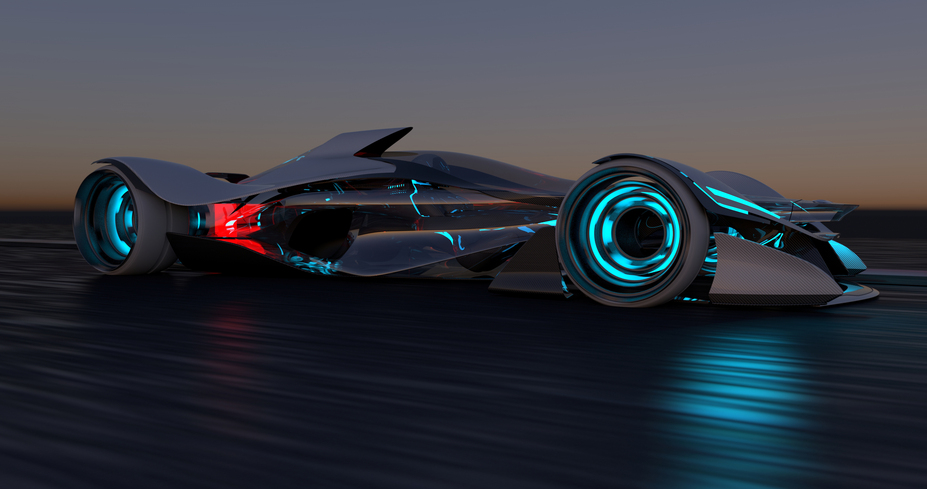
Human-machine interfaces reach new heights with the INFINITI SYNAPTIQ concept. Formula 1 inspiration drives both the aesthetic and the “SYNAPTIQ Suit” used for deeper driver integration. Modular architecture allows transformation between different vehicle configurations.
Advanced AI systems enhance driver-vehicle interaction beyond current technology limitations. While remaining conceptual rather than production-bound, the SYNAPTIQ sparks important conversations about automotive design’s future and positions INFINITI among forward-thinking brands.
4. Hyperion XP1: A Hydrogen-Powered Marvel
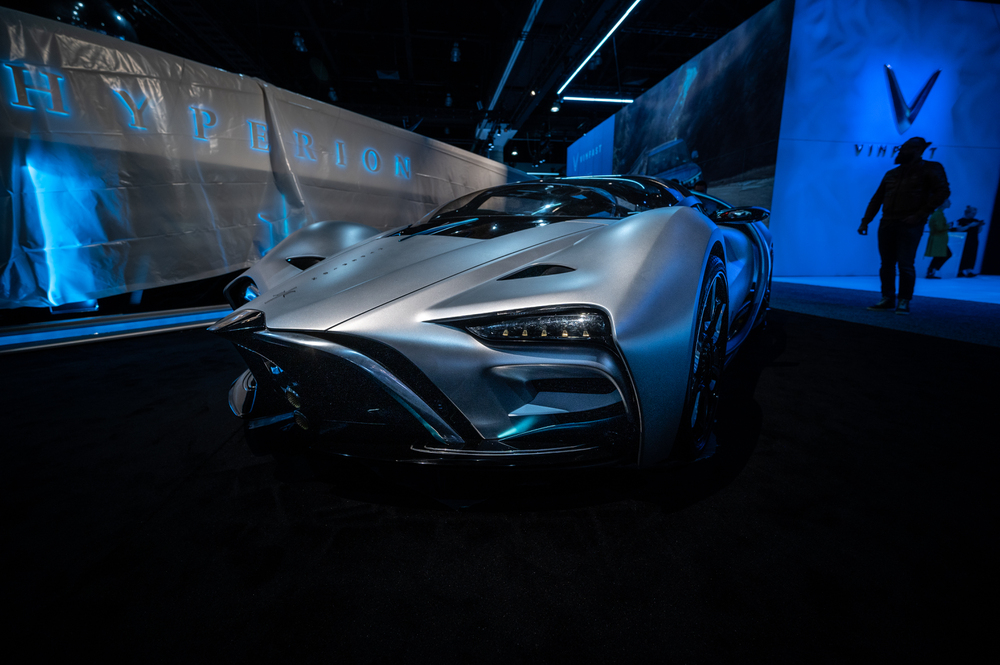
Hydrogen fuel proves its performance potential through the Hyperion XP1. This remarkable hypercar generates over 1,000 horsepower, accelerates from 0-60 mph in under 2.2 seconds, and reaches a top speed of 221 mph – all while providing 1,000+ miles of range on a single hydrogen fill.
The lightweight carbon-titanium monocoque chassis supports exceptional handling. Limited to 300 units and priced around $2 million, it remains exclusive – particularly given limited hydrogen refueling infrastructure. Nevertheless, it’s sparking renewed interest in hydrogen technology for high-performance applications.
3. OrCam MyEye: Empowering the Visually Impaired
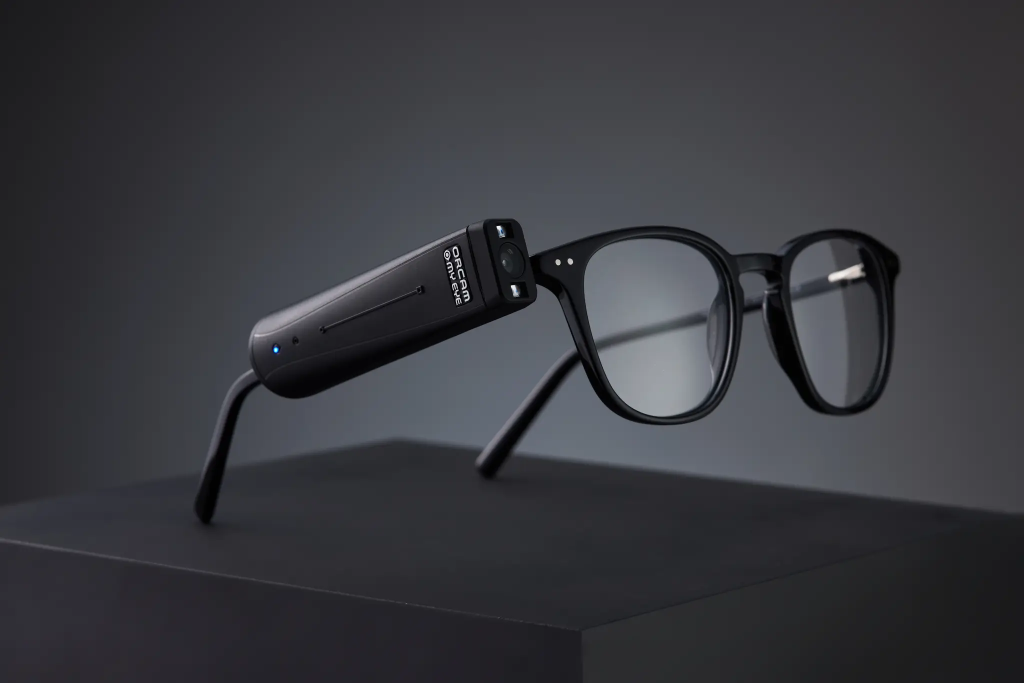
Small technology sometimes creates the biggest impact. The OrCam MyEye weighs just 22.5 grams, measures 76 x 21 x 14.9 mm, and attaches discreetly to eyeglass frames, providing visually impaired users with real-time audio feedback about their surroundings.
Capable of text reading, face recognition, product identification, and color detection, this device runs for up to 4 hours on a single charge. Priced at approximately $4,250, it offers offline functionality for data privacy along with regular software updates adding new capabilities. Users and assistive technology experts have responded with overwhelmingly positive reviews.
2. DJI Mini 4: The Next Generation Drone
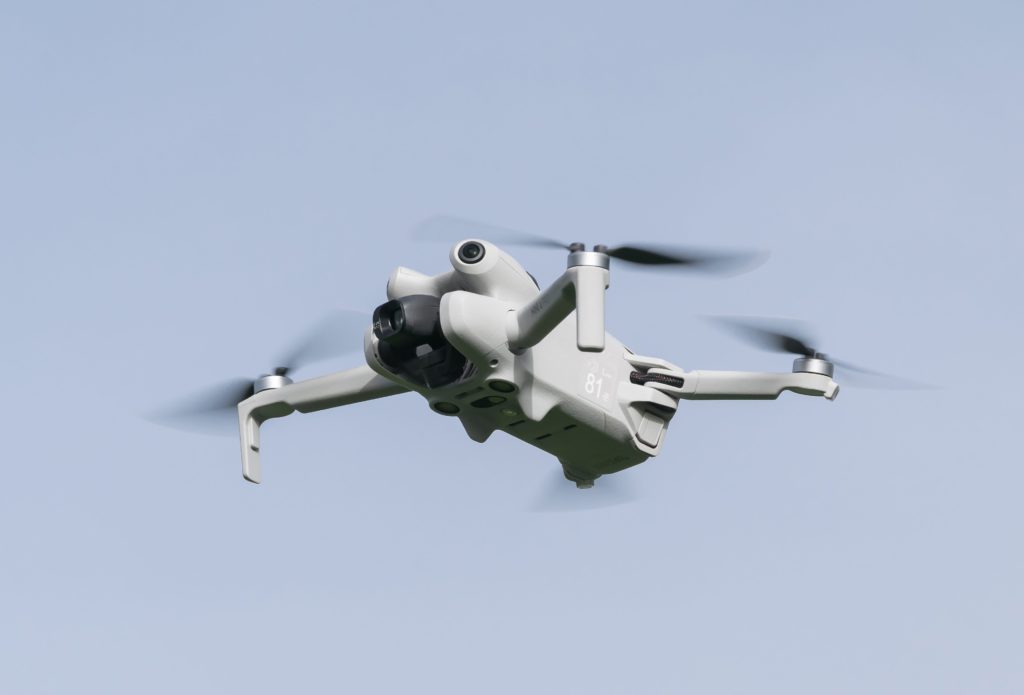
Compact drones reach new capabilities with the DJI Mini 4. Weighing under 249 grams to avoid stricter regulations, it’s expected to offer 30-34 minutes of flight time with a 1/1.3-inch CMOS sensor capturing 4K/60fps video.
Omnidirectional obstacle avoidance represents a significant upgrade from previous models, alongside enhanced camera systems and improved transmission technology. Though facing a higher price point than predecessors and increasing competition, anticipation runs high throughout the drone community ahead of its release.
1. MetroTaifun: Revolutionizing Waste Management
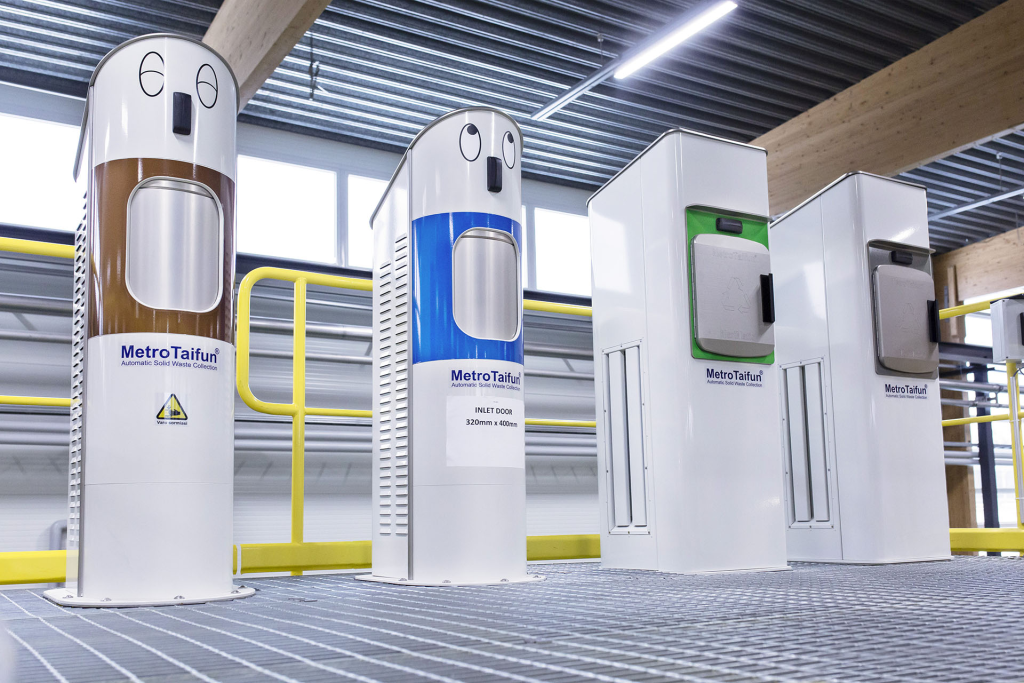
Urban waste collection gets a complete overhaul with the MetroTaifun system. This automated solution transports recyclables and trash through underground pipelines at speeds up to 70 km/h, processing up to 30 tons hourly while separating waste into as many as 5 different fractions.
By eliminating traditional garbage trucks, it improves urban hygiene and reduces pest problems. Despite high initial installation costs and integration challenges in older urban areas, several cities worldwide have already implemented the system as sustainable waste management becomes increasingly important.







